- Fire Emblem Wyvern Rider - June 23, 2022
- Fire Emblem Assassin - June 8, 2022
- Fire Emblem Wyvern Lord - June 8, 2022
I’ve spent quite a lot of time here on FEFanatics covering units that use Swords, Lances, and Axes. It’s high time we delved into the world of magic, and what better way to start than with the Mage class?
There are three primary types of magic in Fire Emblem: Anima, Light, and Dark. Mages specialize in Anima magic, which is the main style of magic in the series.
How do Mages and their Anima magic compete against all the physical combatants in the world of Fire Emblem? Let’s find out.
History of the Mage
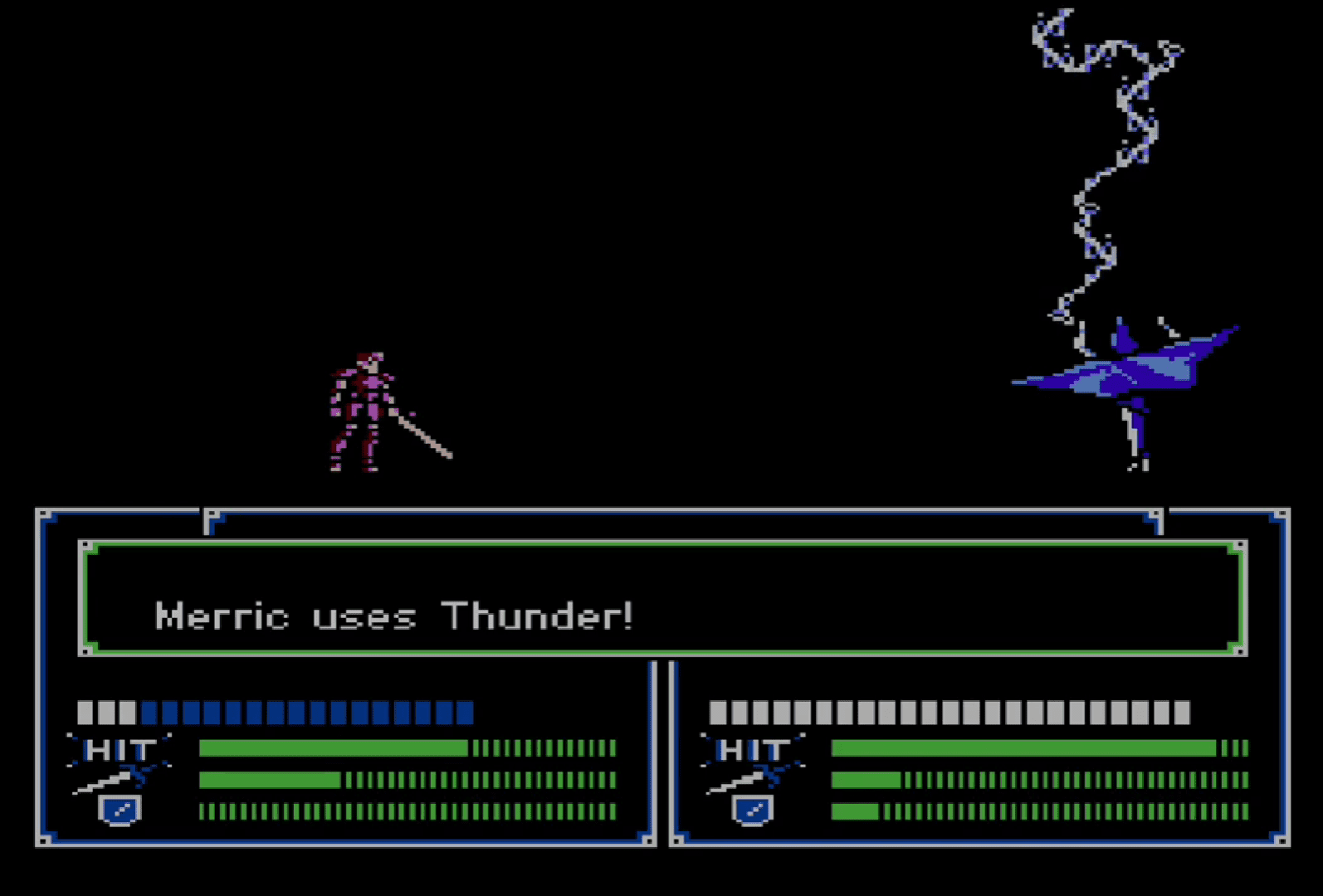
As you would expect of an RPG genre class staple, the Mage debuted in the first Fire Emblem, Shadow Dragon & the Blade of Light. The first Mage in the series is Merric, who starts with Excalibur as his personal weapon. Excalibur is arguably the second-best tome in the game, allowing Merric and the Mage class to give a great first impression.
Mages could promote into Bishops in the first Fire Emblem, which will sound odd to a modern-day fan. After all, the Bishop is the de facto promotion class for Priests, Monks, and Clerics, not Mages. The split between Anima, Light, and Dark magic did not exist yet, so it didn’t matter much. In Fire Emblem Gaiden, the Mage is one of the promotion options for Villager units.
Your unit’s gender will dictate their second-tier promotion. Male Mages promote into Sages and gain access to White Magic (Magic now split between White and Black), and females promote into Priestesses and gain access to White Magic and Swords. Mystery of the Emblem reverts the Mage class to the original format, with Mages once again promoted into Bishops. But this time, they gain access to Staves upon promotion.
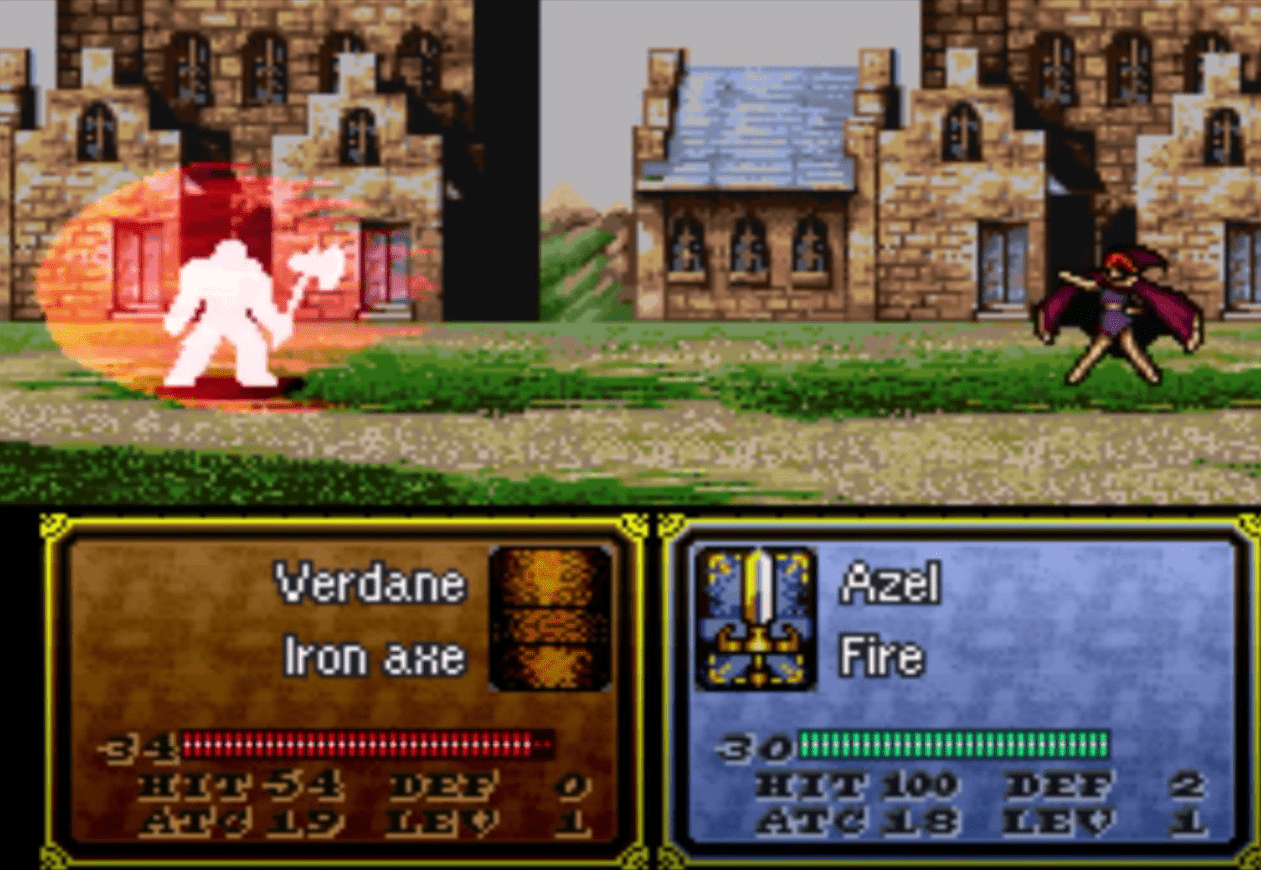
Genealogy of the Holy War has the most class variety in the series (To the point of being excessive, in my opinion) and switched up the formula by dividing Mages up based on their magic preference. Anima magic has three main categories: Fire, Thunder, and Wind (With Ice-type spells typically lumped into this category). In addition to the standard Mage, there are Fire Mages, Thunder Mages, and Wind Mages.
Like in Fire Emblem Gaiden, all Mages in Genealogy of the Holy War have differing promotion gains depending on if they’re male or female. Male Mages, Thunder Mages, and Wind Mages promote into the Mage Fighter and have access to Swords and all three Anima magic styles. Female Mages also become Mage Fighters and gain access to Staves, Swords, and all three Anima magic styles. Thunder Mages and Wind Mages can only become Mage Fighters, but standard Mages have the option of becoming Mage Knights. Mage Knights have access to Swords, all three Anima magic styles, and gain a horse.
Thracia 776 removes all of the different Anima Mage classes from the previous game and instead has the Mage and Loptyrian Mage (The first version of the Shaman class). The Mage will promote into one of two classes depending on the character. Asbel will promote into a Sage, but Miranda will become a Mage Knight. Mages in Thracia 776 have access to all three Anima magic styles, and Asbel gains access to Light magic and Staves after becoming a Sage. Miranda gains access to Swords but not Light magic or Staves.
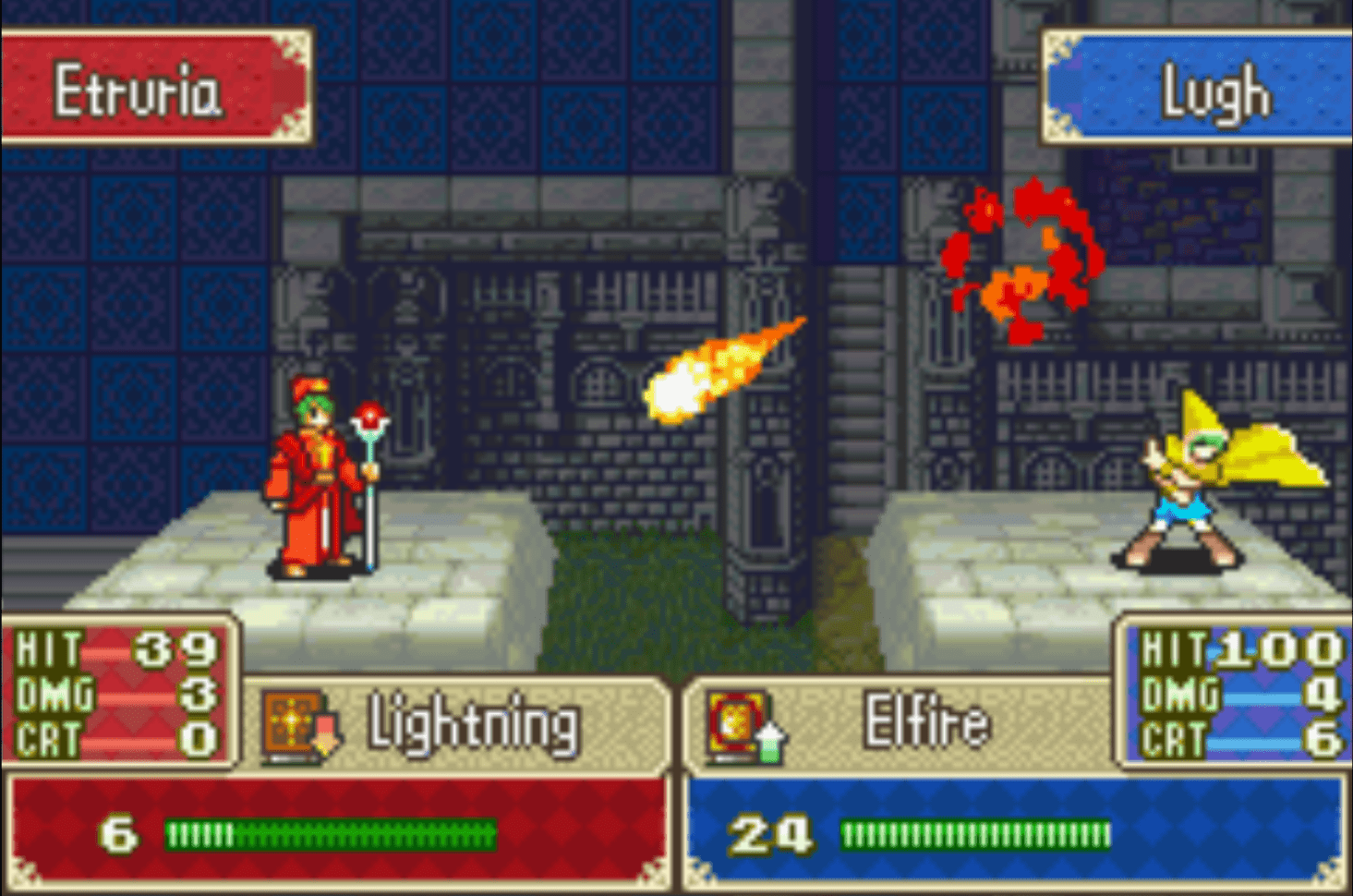
The modern Mage began to take shape with the release of The Binding Blade. In The Binding Blade and its’ sequel, The Blazing Blade, Mages are Anima-magic only magic users that promote into Sages. Sages gained access to Staves and took their place as the natural promotion option for Mages. The Sacred Stones brings back the Mage Knight class in what would be its final appearance in the series. Mages could promote into either Sages or Mage Knights. Only this iteration gains access to Staves instead of Swords.

Path of Radiance passively brings back the divergence in magic spells with Wind, Thunder, Fire, etc. having their individual ranks and different Mages specializing in one type over the others. Mages again promote into Sages and can gain access to Knives upon promotion (Though knives are pretty bad in Path of Radiance). Radiant Dawn fully brings back the Elemental Mage classes from Genealogy of the Holy War. Fire Mages, Wind Mages, Thunder Mages, and Light Mages can only use the one type of magic corresponding with their class name.
Upon promoting into their respective Sage forms, all except Light Mages gain access to the other magic types. Light Mages use Light magic and gain access to Staves upon promoting into Light Sages. All Sages except Light Sages promote into the Archsage, where they gain access to Staves. The only exception is the Dark Sage. The Dark Sage becomes the Dark Archsage and specializes in Thunder and Dark magic.
The remakes of the first and third games, Shadow Dragon and New Mystery of the Emblem, give the Mage its’ default promotion of the Sage instead of the Bishop. Awakening gave Mages the option of promoting into Dark Knights, which are functionally almost identical to the original Mage Knight, granting them mounts and access to Swords.
The Mage class is a Hoshidan-only class in Fates and goes by the name of Diviner. Which honestly sounds more like a Light Magic class (There’s literally a Light magic spell called Divine). Here, they can become Onmyoji, Fates’ version of the Sage, or the Basara. The Basara class uses magic and Lances. It’s a unique direction to take the Mage class. Magic Soldier class?
To become a Mage in Three Houses, you need to be at least level 10, have at least a C rank in Reason, and complete the Intermediate curriculum courses. The starter spell for the Mage is the tried and true Fire spell.
What Makes A Mage?
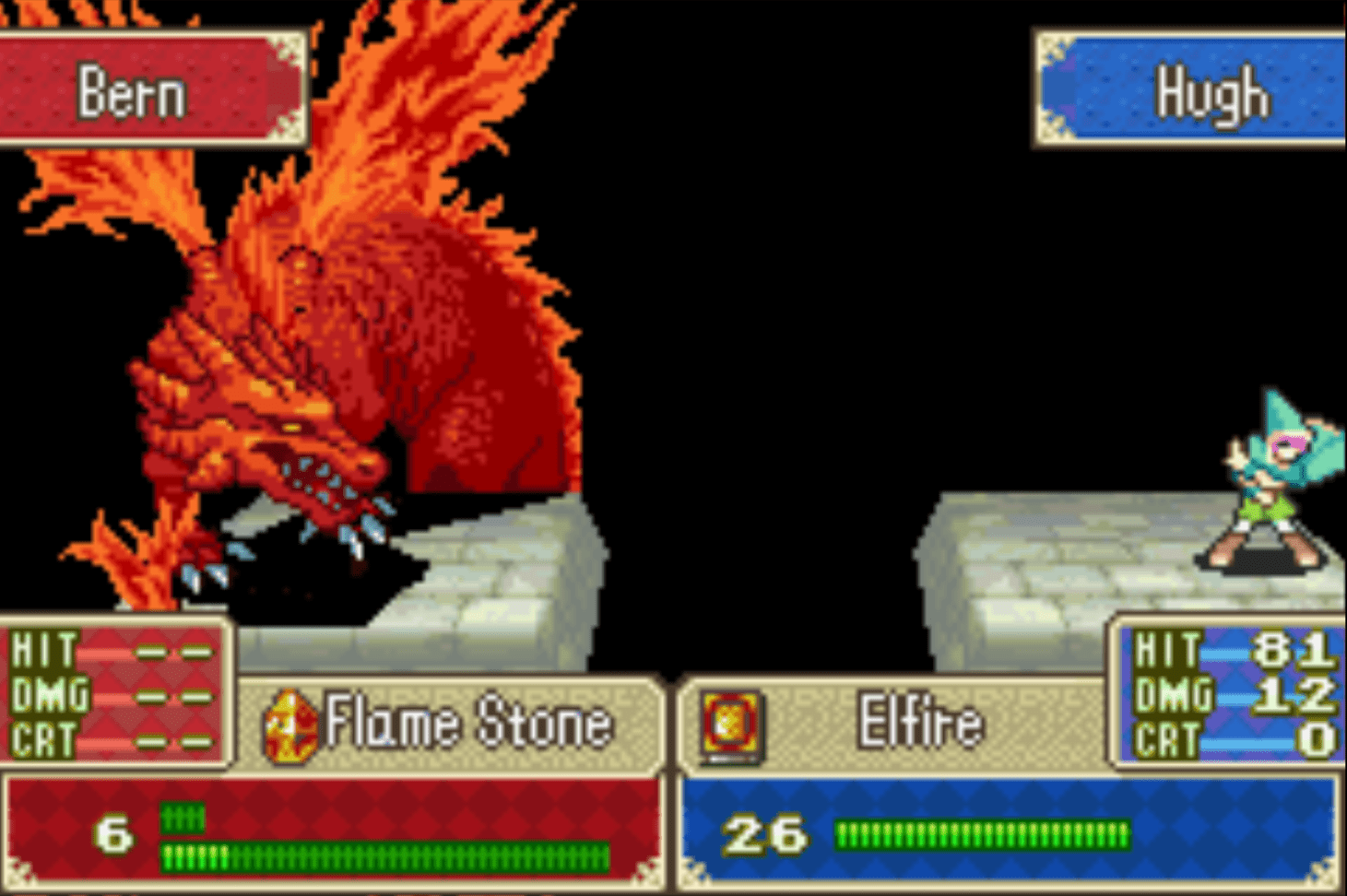
Mages are magical glass cannons that can dish out the pain on nearly every enemy type in the series. Magic is the Strength stat for Mages, and they typically enjoy having high Magic growth rates (Though not always. Hugh’s growth rate is 30%), with few Mages ever veering into average territory.
Except for Falcoknights (And Pegasus Knights if your Mage is a fresh recruit), pretty much every physical class in the series lacks the Resistance to deal with Mages. And that means that your Mages should hit hard after gaining a couple of levels and continue to hit hard. Mages will be one of the best for dealing with bosses until your physical units start to gain traction. Even on the hardest difficulty settings, bosses won’t have enough Resistance to nullify a Mage’s effectiveness.

A maxed-out Mage will start dealing upwards of 25 damage per spell and likely doubling most enemies. Physical classes won’t see that kind of damage until they promote (Unless they’re fighting Soldiers, but they hardly count). Mages also have above-average Skill stats, so they rarely have any accuracy issues except possibly when dealing with enemies in terrain or bosses.
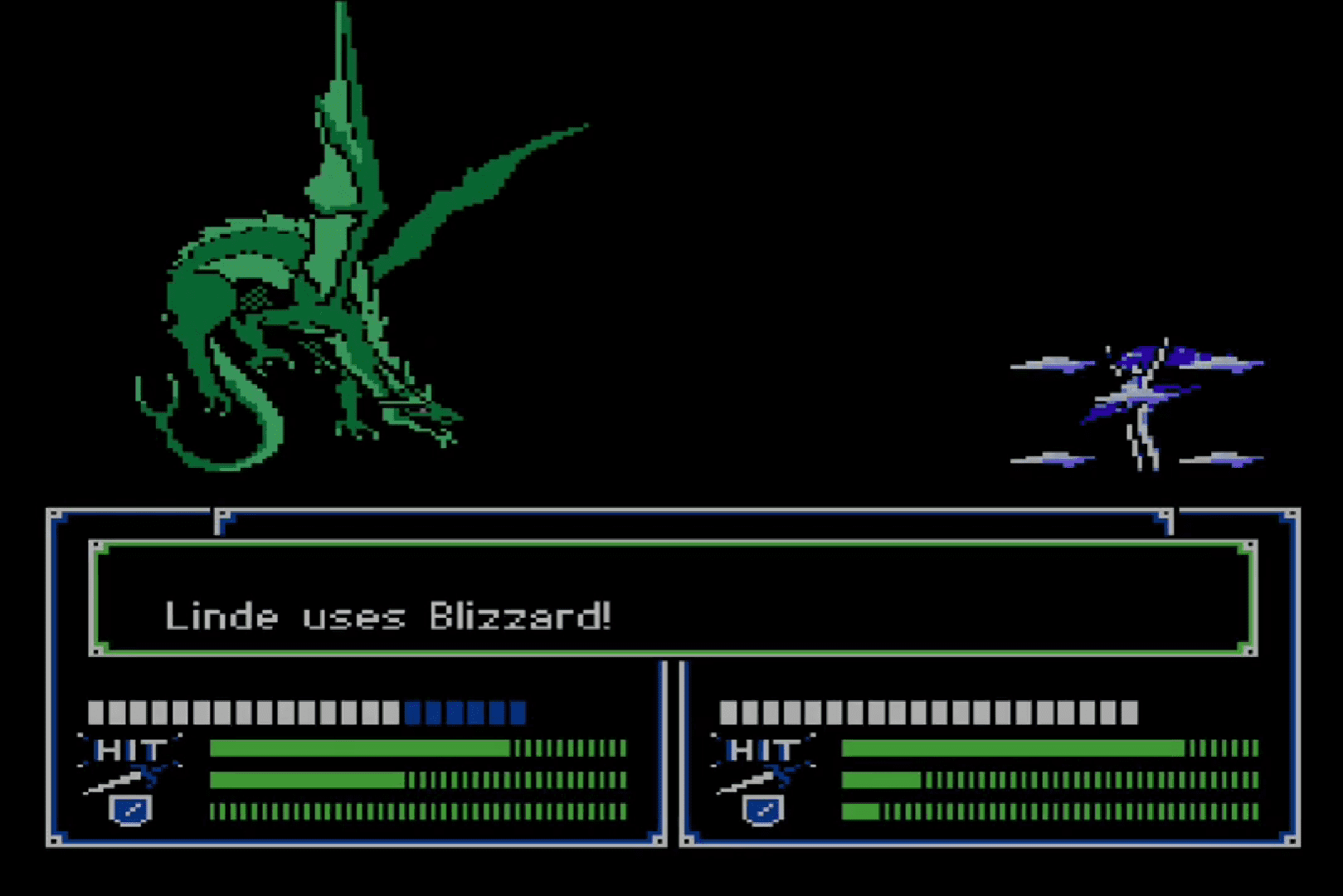
Because of their natural advantage over most enemy types, under-leveled Mages aren’t as dead-on-arrival as under-leveled physical units. Lilina is a perfect example of this where it’s pretty forgivable since they’re easy to train and quick to snowball. Mages are one of the most useable mid-to-late-game tier 1 unit types in Fire Emblem. Whereas you’ll want to promote Pegasus Knights or Myrmidons right away, a level 20 Mage will still keep up with tier 2 units. And that advantage comes in handy due to a problem Mages have. More on that later. Early game Mages will rarely be capable of doubling any enemy with their base stats, but after gaining a couple of levels should double all but the fastest enemy types. Mages usually end up in the above-average level when it comes to Speed in most playthroughs.
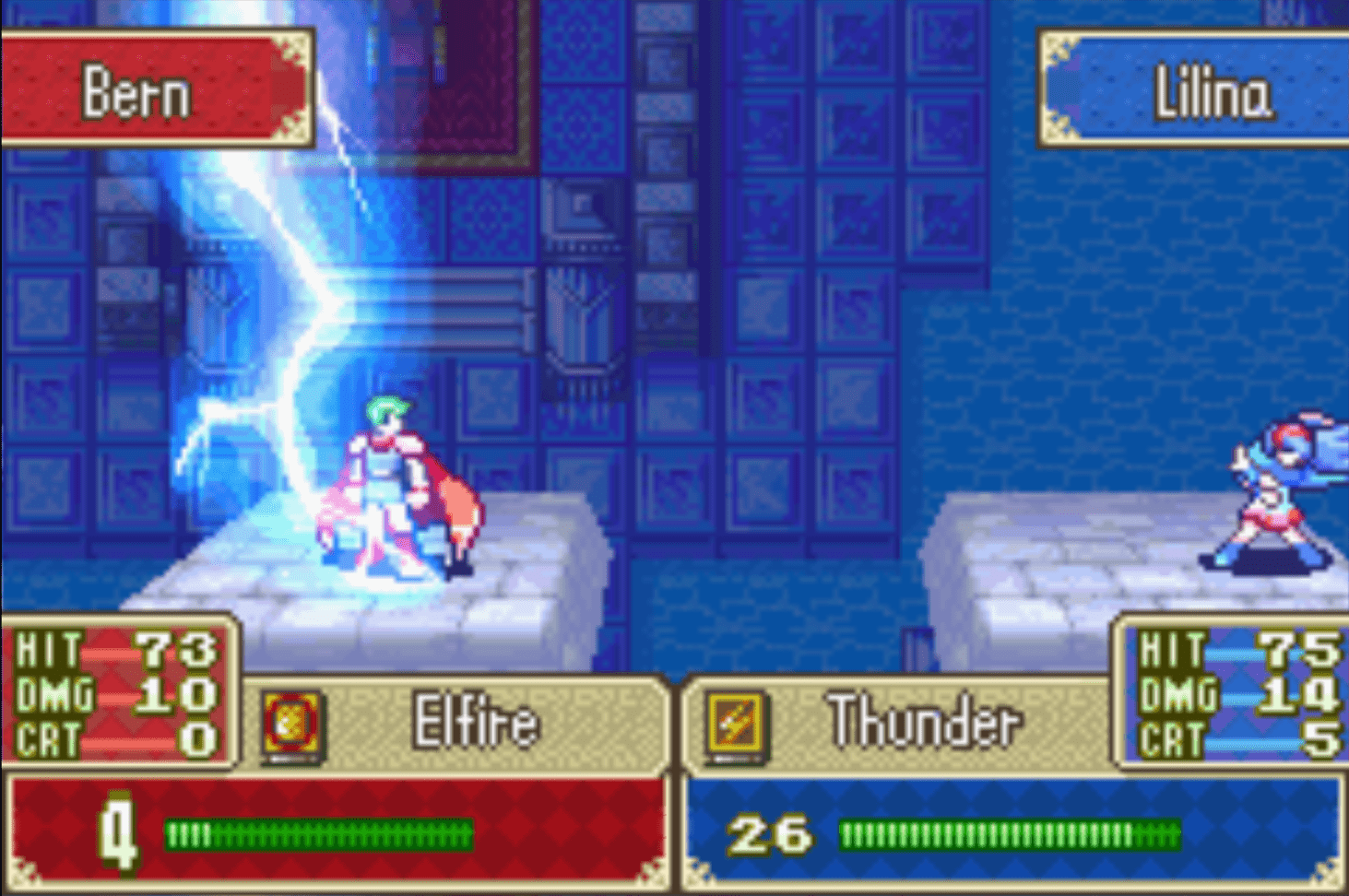
Resistance is the Defense stat for Mages, and they will always boast high Resistance (Usually maxed). Not only are Mages one of the best for dealing with physical units, but also the best at dealing with enemy magic users. With their high Resistance stat, they can effectively neuter enemy spellcasters for most of the game. Even if they don’t finish the enemy themselves, they can tank while one of your physical units takes the enemy down.
But a glass cannon can’t be all good, so let’s talk about the issues of the Mage.
Number one: they’re glass cannons.

Unless you’re dealing with a map heavy with enemy magic users, you cannot send a Mage off on their own. Mages have terrible base HP and average at best HP growth rates. They’re one of the best candidates for an early game Angelic Robe because they seldom can take more than two hits from any physical enemy before dying. Their Defense base stats are awful (Except Hugh), and their growth rates are almost nonexistent.
Mages tend to end up fast but start slow, which can be dangerous since they risk enemies doubling them. A Mage screwed on their Speed growth will have big problems after the mid-game. My Lilina, on my last playthrough of The Binding Blade, had a mere 8 Speed as a level 20 Mage and got doubled by a Sage using Bolting. Potential Speed issues can worsen due to Mages having terrible Strength and or Constitution (Again, except for Hugh). These deficiencies mean heavier tomes will slow them down considerably. It’s best to have a Fire tome equipped until you decide to attack someone.
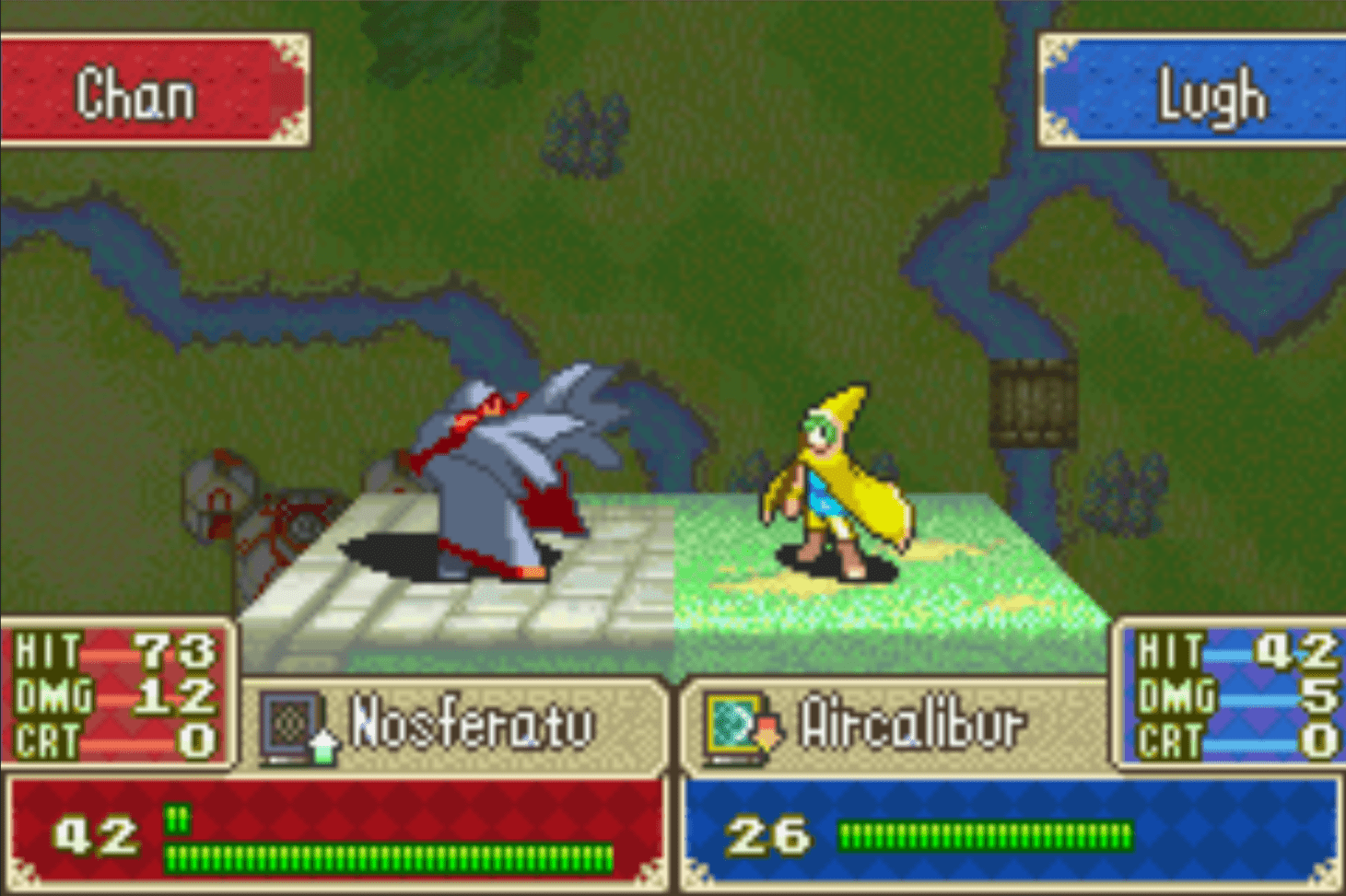
Magic has its’ own weapon triangle called the Trinity of Magic that you need to keep in mind. Mages specialize in Anima magic which is usually weak against Dark magic. Until you promote, Shamans, Druids, and other Dark magic users may give your Mage some trouble.
Mages have pretty awful Movement, even by infantry standards, but there are moments where they have an advantage. Arcadia, for example, in The Binding Blade heavily restricts the mobility of all but infantry magic units, Thieves, and flying units. But most of the time, Mages will lag considerably behind the rest of your army. Since you want to build a wall of protection around your Mage anyway, it’s a good idea to have someone like a Cavalier carry them into battle.
Now, let’s get to the final problem that Mages have in most Fire Emblem games: competing for promotion items. Remember how I said Mages hold up well as tier 1 units? That’s a good thing since Mages are relatively far down the list when promotion items are tight.
In Thracia 776, every class except Lords requires Knight Proofs to promote. Are you promoting a Mage over a Cavalier or a Dragon Rider? Most games after the GBA stick to the umbrella promotion item formula, so competition is always fierce. In the GBA installments, every magic class promotes using a Guiding Ring. There are many Anima magic users and very few Dark magic users in the series, and they benefit from promoting more than Mages do. Dark magic tomes are heavy, and promotion helps alleviate Speed issues that Dark magic users have.
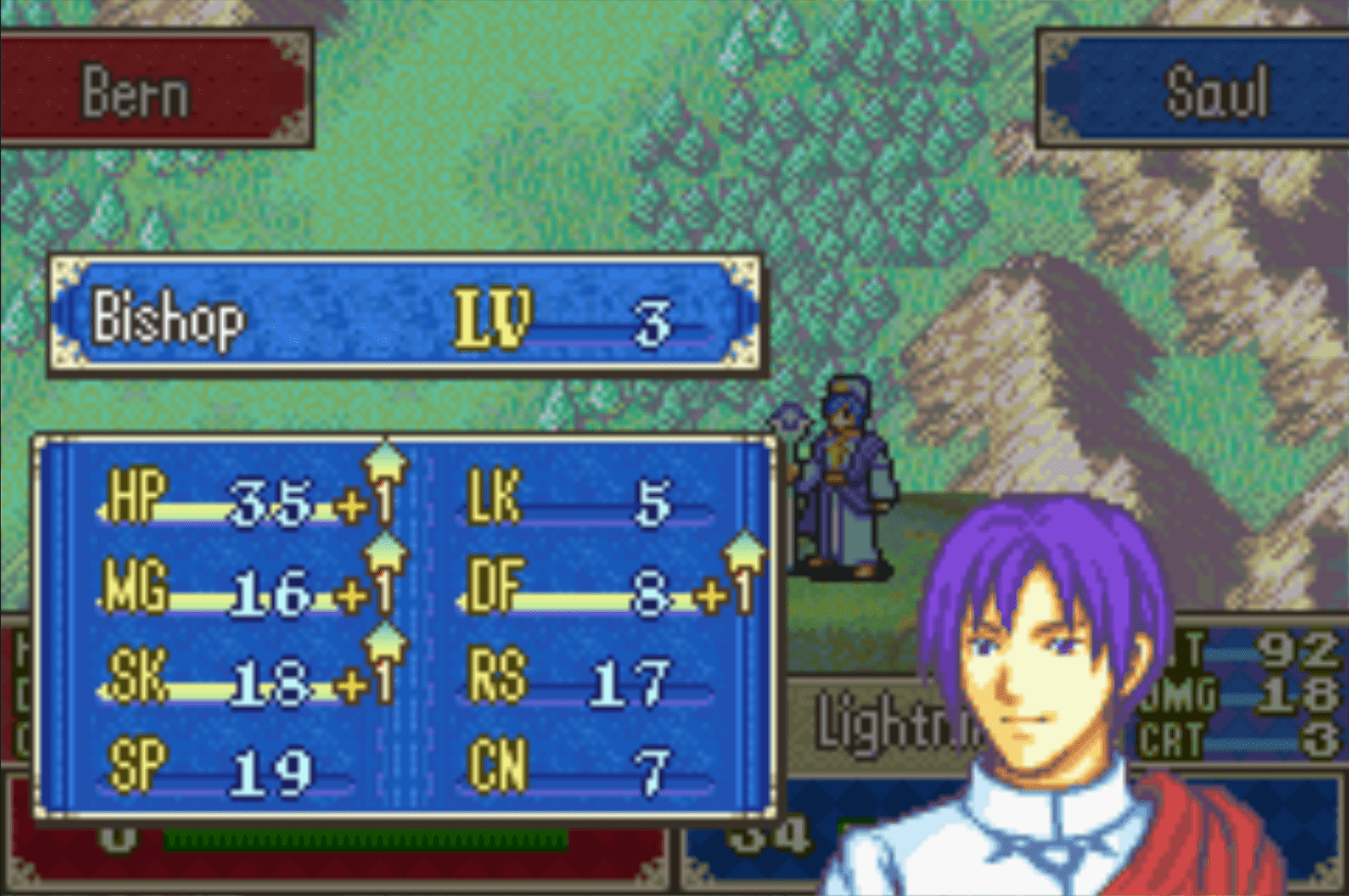
Mages also need to compete with Troubadours, Monks, Clerics, and Priests, and all of them are arguably better priority rank ups than Mages. Troubadours promote into either Valkyries or Mage Knights and gain access to Anima magic. Units with high Staff ranks are essential in Fire Emblem, and classes that start as healers have significant advantages over Mages. Mages gain access to Staves upon promotion in most games but typically begin with an E rank.
The bare minimum Staff rank of a good Staff user is C or B for Physic and Hammerne. Other essential Staves like Rescue and Warp require B or A. Troubadours, Monks, Clerics and Priests will all easily meet the requirements to use every Staff in the game (Some units start with a C rank), but Mages will need to use Staves excessively to catch up. If you don’t promote your Mage early to get a head start(In other words, before level 20), it may not be possible unless you Arena abuse.
Not only that, but it’s way better to give healers the ability to defend themselves than Mages the ability to be inferior healers. Priests, Clerics, and Monks gain access to Light magic, diversifying your magic attack options. In games where monsters are enemy types, Light magic is extra effective against them, giving Priests, Clerics, and Monks even more value. You also want them to start working on their Light Magic rank right away so they can use high-end spells in the endgame.

No magic class is notably bulky, so Dodge Tanking is your only option. Troubadours, Monks, Clerics, and Priests tend to do better at that defensive strategy than Mages. A trained Valkyrie is virtually immortal since magic users deal no damage, and physical units will seldom hit them. Mages will never enjoy that level of safety.
How Many Playable Mages Exist In Fire Emblem?
Fire Emblem has enjoyed a healthy amount of Mages over the years, with 28 playable Mages thus far.
- Merric (Shadow Dragon & the Blade of Light, Mystery of the Emblem, Shadow Dragon, New Mystery of the Emblem, Awakening)
- Linde ((Shadow Dragon & the Blade of Light, Mystery of the Emblem, Shadow Dragon, New Mystery of the Emblem, Awakening, Warriors)
- Luthier (Gaiden, Awakening, Echoes: Shadows of Valentia)
- Delthea (Gaiden, Echoes: Shadows of Valentia)
- Mae (Gaiden, Echoes: Shadows of Valentia)
- Boey (Gaiden, Awakening, Echoes: Shadows of Valentia)
- Sonya (Gaiden, Echoes: Shadows of Valentia)
- Yubello (Mystery of the Emblem, New Mystery of the Emblem)
- Arlen (Mystery of the Emblem, New Mystery of the Emblem)
- Azelle (Genealogy of the Holy War)
- Arthur (Genealogy of the Holy War, Awakening)
- Tine (Genealogy of the Holy War)
- Asbel (Thracia 776)
- Miranda (Thracia 776)
- Lugh (The Binding Blade, Awakening)
- Lilina (The Binding Blade)
- Hugh (The Binding Blade)
- Erk (The Blazing Blade)
- Nino (The Blazing Blade, Awakening)
- Lute (The Sacred Stones, Awakening)
- Soren (Path of Radiance, Awakening)
- Ilyana (Path of Radiance)
- Tormod (Path of Radiance)
- Miriel (Awakening)
- Ricken (Awakening)
- Laurent (Awakening)
- Hanneman (Three Houses)
- Lysithea (Three Houses)
Who Is The Best Mage In Fire Emblem?

The best Mage is probably Merric in his first two appearances in Shadow Dragon & the Blade of Light and Mystery of the Emblem, thanks to his exclusive access to Excalibur in those two games. Unlike many other powerful tomes, Excalibur isn’t heavy, and it has an innate critical bonus of 20 and 30 in its first two appearances.
Excalibur received some slight nerfs in Mystery of the Emblem with Might reduced from 13 to 12, and uses reduced from 33 to 25 but gained enhanced effectiveness against flying units. Merric still has to compete with other characters for his promotion item, but even as an unpromoted Mage, he is a powerhouse of a character.
FAQs
Question: Who is your favorite Mage in the series?
Answer: My favorite Mage is Hugh from The Binding Blade. Competitively speaking, Hugh is impractical since you need to spend 10K to get him at his best, and you will likely have already promoted Lugh or Lilina. Hugh appears in the same Chapter as the first Secret Shop, and his recruitment fee is equivalent to purchasing two promotion items or stat-boosting items like Angelic Robes. However, Hugh is perhaps the only Mage in the series with a decent Defense stat, so he’s more reliable at toughing it out if an enemy gets to him.
Question: What is your favorite Anima spell?
Answer: Probably Fimbulvetr. I probably haven’t pronounced the word correctly once in my life, but I do enjoy using it. It’s like a blizzard spell and is the strongest Anima spell in the games it appears in outside of legendary tomes.
Question: Who is the worst Mage in the series?
Answer: Some might say Nino from The Blazing Blade. I say Delthea (Like Nino, she is an Est archetype character) is a top pick for worst Mage. Unlike someone like Hugh, who also suffers from joining late but has things going for him, Delthea doesn’t. She joins under-leveled and unnecessary and requires a lot of careful training to bring up to speed.
Conclusion
The Mage is in an interesting spot as far as magic users in Fire Emblem go. They are outclassed overall as magic users by something like the Valkyrie, which also has access to Anima magic, better Staff ranks, and horse.
However, they retain value as units since their spells will hurt a lot more than the Valkyrie’s until you fully level your Valkyrie. They also always maintain high value in the early and mid-game as units that can sidestep the high defenses of enemy units, something your physical characters can’t do. Their ability to rip flying units to shreds with spells like Excalibur or Aircalibur is supremely useful in the Wyvern Lords games.
Mages have problems that prevent them from being a top-tier class on their own, but when you know how to use them, they’re one of your most valuable team players.
For more interesting readings about Fire Emblem check out:


